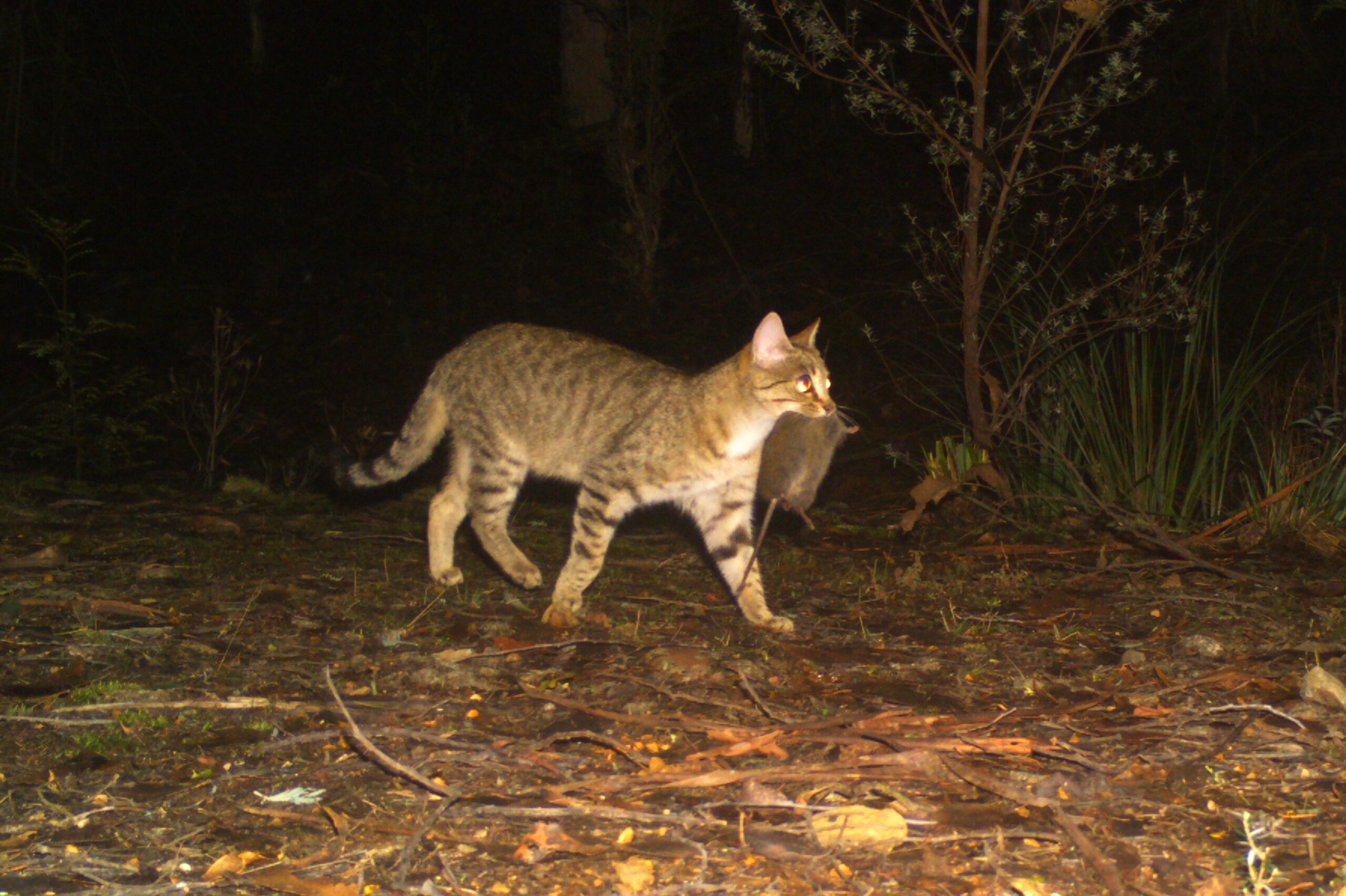Although their presence in the landscape has been relatively short, the impact feral cats have made on Australia’s native wildlife has been significant, with estimates of nearly two thousand native animals – birds, reptiles, mammals, and frogs – falling prey to feral cats every minute. These cats are also considered to have been largely responsible for the extinction of at least 20 native mammal species since European colonisation.
Scientists from CSIRO are hoping new gene technologies they have developed could help halt this destruction, not only by cats, but also the environmental damage caused by other invasive species. Dubbed CRISPR-Cas9, ‘gene drive’ is a relatively new area of science that can determine the sex of offspring and reduce the number of animals able to reproduce, and therefore drive down populations over time.
Aditi Mankad, a CSIRO Senior Research Scientist, led a team of social and behavioural scientists to explore the social and economic research aspects of using gene drive on feral cats. A total of 3823 Australians were surveyed about their support for the technology being used on feral cats with at least 86 per cent moderately to strongly supportive of its use in feral cat control in their area.
“The results showed respondents were significantly more likely to support the use of gene drive technology if there was a perceived problem of invasive species in their local neighbourhood. Only 11 per cent indicated little or no support, and although still a long way off the science being implemented, it was important to start conversations with the public early,” she said.
A gene drive is the mechanism by which a specific genetic trait can be spread through a pest population’s DNA, so all future generations are more likely to inherit that particular trait. It could ‘virtually guarantee’ the invasive animal’s offspring would be only male leaving fewer females to reproduce.
CSIRO researcher Owain Edwards, who has worked in the gene technology space for over 20 years and leads the organisation’s Environmental and Biocontrol Domain and Synthetic Biology Future Science Platform investigating the technology, said the benefits would be significant, with Australia already playing a leading role in the development of vertebrate genetic technologies.
“Current methods for managing the control of invasives include baiting, trapping, and shooting, which pose many challenges. Feral cats are an ideal candidate for gene drive research given their reproductive rates are up to three litters a year, which greatly outpaces conventional measures,” he said.
The technology is species-specific and cannot spread to other non-target species. It could also be developed for use for other pest species such as feral pigs, rabbits and mice and the researchers said the study was an important step forward in informing policy makers, the public, and the research community about societal views on the development of possible new synthetic biology applications in Australia.
No gene drives have yet been released into the environment, and experts said the technology is at least a decade away from development in most cases.
Anne Layton-Bennett
The report ‘Public perspectives towards using gene drive for invasive species management in Australia’ is available at www.csiro.au.



